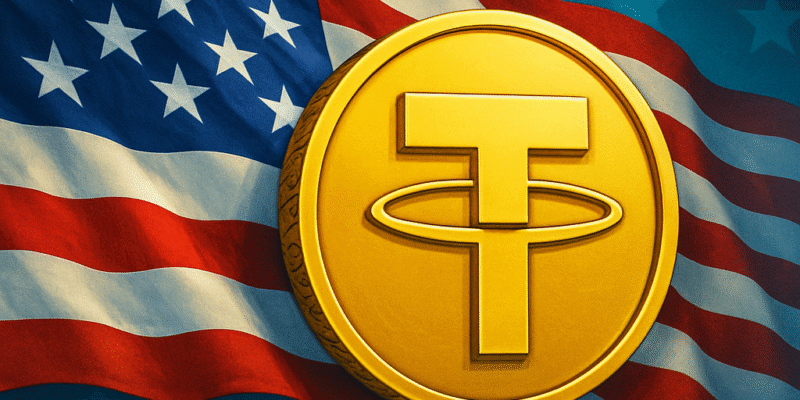When Tether mints $2 billion USDT, it naturally grabs attention in the crypto world. This recent move on the Ethereum and Tron networks is not just about adding more digital dollars into circulation. It reflects the growing role of stablecoins in global finance and their surprising influence in traditional markets like U.S. government bonds.
What Just Happened
Tether, the company behind the world’s largest stablecoin, recently minted $2 billion worth of USDT. The minting happened across both Ethereum and Tron, two of the most popular blockchain networks. This boosted Tether’s circulating supply, giving traders and investors more liquidity to move money quickly and securely without worrying about wild price swings. For those new to crypto, minting simply means creating new tokens that are backed by reserves. In Tether’s case, each USDT is meant to be backed by safe assets like cash or U.S. Treasuries, making it behave more like a digital dollar.
Why It Matters
The bigger story here is not just the minting itself but what Tether and its rival Circle are doing behind the scenes. Together, these two companies now hold around $150 billion in U.S. Treasuries. That makes them the twelfth-largest holders in the world, putting them in the same league as powerful governments and large institutional investors. This shows how digital assets are no longer just about crypto traders. They are now tightly connected to the traditional financial system. When Tether mints $2 billion USDT, it is not only boosting activity in crypto markets but also increasing demand for U.S. government bonds.
The Ripple Effects
For everyday people, the idea of a crypto company holding U.S. Treasuries might sound distant. But think about it this way: stablecoins like USDT make it easier to send money across borders, pay for goods online, or store value in a digital form. Behind every digital dollar, there is a growing pile of traditional assets like government bonds helping to keep that promise stable. The more Tether mints USDT, the more bonds it may need to buy. This could mean stronger links between crypto and the stability of the U.S. economy. At the same time, it raises important questions about risk. What happens if demand for stablecoins suddenly drops, or if regulations shift? These are the issues regulators and investors are watching closely.
What Now?
The fact that Tether mints $2 billion USDT so seamlessly is a sign of how mainstream stablecoins have become. They are no longer just tools for crypto insiders. They are shaping global finance, connecting digital assets to some of the safest investments in the world. For the average person, the key takeaway is simple: stablecoins are becoming part of everyday financial life. Whether you are buying crypto, sending money abroad, or just reading headlines about the U.S. economy, the influence of stablecoins like Tether is growing by the day.

Comments